10 Tips for Using Combustible Gas Detectors Safely
In many countries, the use of combustible gases such as natural gas and propane is widespread in both domestic and industrial settings. However, leaks of such gases can trigger severe fires and explosions, posing significant threats to life and property. As critical equipment for preventing these hazards, the correct operation of combustible gas detectors is paramount. Below are ten practical tips for the safe use of combustible gas detectors, designed to assist international users in ensuring safety.

1. Selecting the Correct Detector Type
The market offers a wide variety of combustible gas detectors, with different types designed for specific gases. For instance, some are specifically for detecting natural gas, while others target propane. Before purchasing, clearly identify the gas type requiring detection and choose a certified product compliant with relevant safety standards. Carefully review the product manual to understand its detection range, accuracy, and other parameters, ensuring the selected detector meets actual requirements.
2. Optimal Installation Position
The installation location directly impacts the detector's performance. Generally, combustible gases are lighter than air and will rise, so detectors should be installed approximately 30 centimetres below the ceiling. For gases heavier than air, such as liquefied petroleum gas (LPG), detectors should be positioned 30–60 centimetres above the floor. Additionally, avoid installing detectors in areas with poor airflow or prone to interference, such as air vents or corners, to prevent compromising detection accuracy.
3. Regular Calibration and Testing
Over time, detector sensitivity may diminish, necessitating periodic calibration and testing. It is advisable to calibrate detectors every six months or annually, as specified in the product manual. Professional calibration gas may be employed to adjust sensitivity, ensuring reliable detection of combustible gases. Additionally, conduct a basic functionality test at least monthly by pressing the test button to verify the alarm sounds correctly.
4. Maintain Clean Detectors
Contaminants such as dust and grime may clog the detector's sensor, impairing its functionality. Regularly wipe the detector's casing and sensor surface gently with a clean, soft cloth to remove dust and stains. Avoid chemical cleaners or solvents to prevent damage. If installed in high-grease environments like kitchens, increase cleaning frequency accordingly.
5. Monitor Battery Replacement
Many combustible gas detectors operate on batteries, and low battery levels can impair performance. Regularly check battery status and promptly replace batteries when the low-battery warning sounds. Select reliable, compatible batteries and install them with correct polarity.
6. Understand Alarm Signals
Different detectors may employ varied alert methods, such as audible alarms or flashing lights. Before use, thoroughly review the product manual to comprehend the meaning of each alarm signal. Upon activation, take immediate action: shut off gas supplies, ventilate by opening windows and doors, evacuate the premises, and promptly contact professionals for inspection.
7. Avoid Interference Factors
Certain electronic devices or chemical substances may interfere with detectors, causing false or missed alarms. When installing detectors, position them away from appliances like microwave ovens or wireless routers that emit electromagnetic interference. Additionally, avoid using perfumes, hairsprays, or other items containing volatile chemicals near the detector.
8. Training Household Members
Ensure every household member understands the purpose and operation of combustible gas detectors. Instruct them on recognising alarm signals and appropriate actions during an alert. Particularly emphasise the dangers of gas leaks to children and the elderly to heighten their safety awareness.
9. Regular Maintenance and Replacement
Beyond routine cleaning and testing, conduct comprehensive maintenance checks periodically. Inspect the detector housing for damage and verify that connection cables remain secure. Should the detector show significant performance degradation after prolonged use, replace it promptly to maintain safety standards.
10. Follow Professional Guidance
Should any issues or uncertainties arise during the installation, use, or maintenance of combustible gas detectors, promptly consult professional safety personnel or the manufacturer's technical support. They can provide accurate guidance and recommendations to ensure correct detector operation, safeguarding both domestic and workplace environments.
By adhering to these ten guidelines, international users can employ combustible gas detectors more safely and effectively, mitigating risks from gas leaks and protecting the lives and property of themselves and their families.
Related information
-
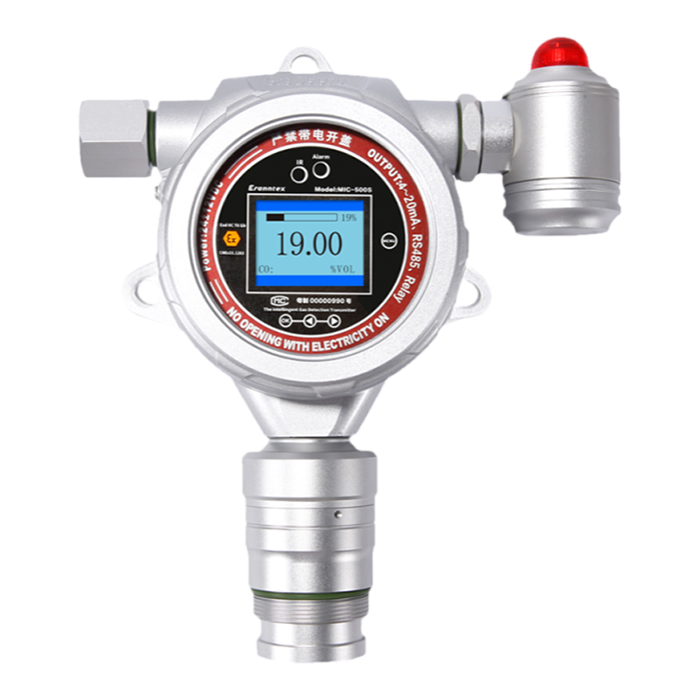
Combustible Gas Detectors: Your First Line of Defense
In today\'s society, whether in cosy domestic settings, bustling industrial environments, or challenging outdoor work zones, combu...
2025-10-31 -

How to Test Your Oxygen Detectors Effectively?
In today\'s society, where safety and health are paramount, oxygen detectors serve as vital equipment safeguarding us from the d...
2025-10-29 -

Oxygen Detectors: Your Key to a Safer Environment
In the global pursuit of safety and healthy living, oxygen detectors are increasingly becoming indispensable equipment for safeg...
2025-10-27 -
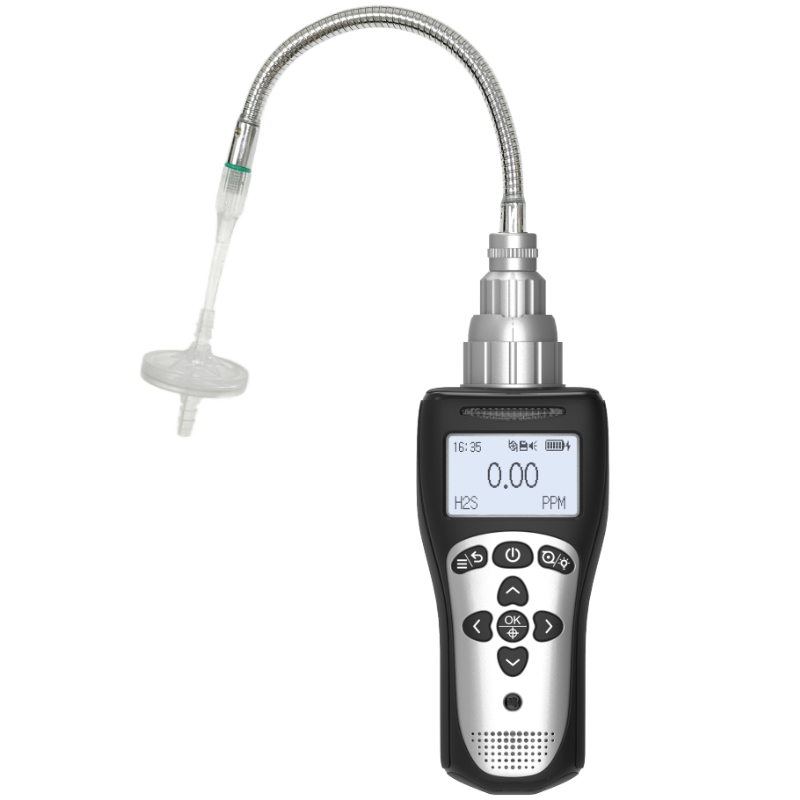
6 Types of Oxygen Detectors You Should Know About
In countless industrial, commercial, and research settings, oxygen serves as both the source of life and a potential hazard. Insuf...
2025-10-24 -

How Often Should You Replace Your Oxygen Detectors?
In today\'s society, oxygen detectors play a vital role across industrial production, underground operations, and specific domesti...
2025-10-22

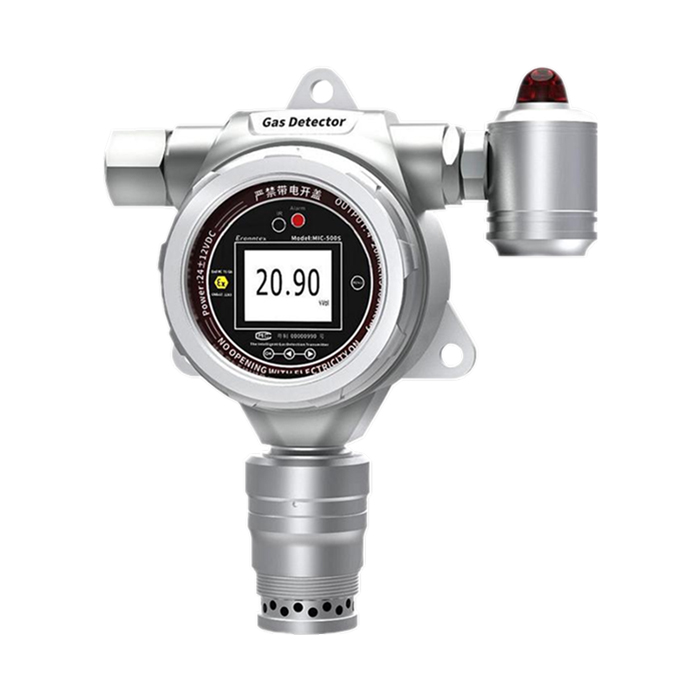
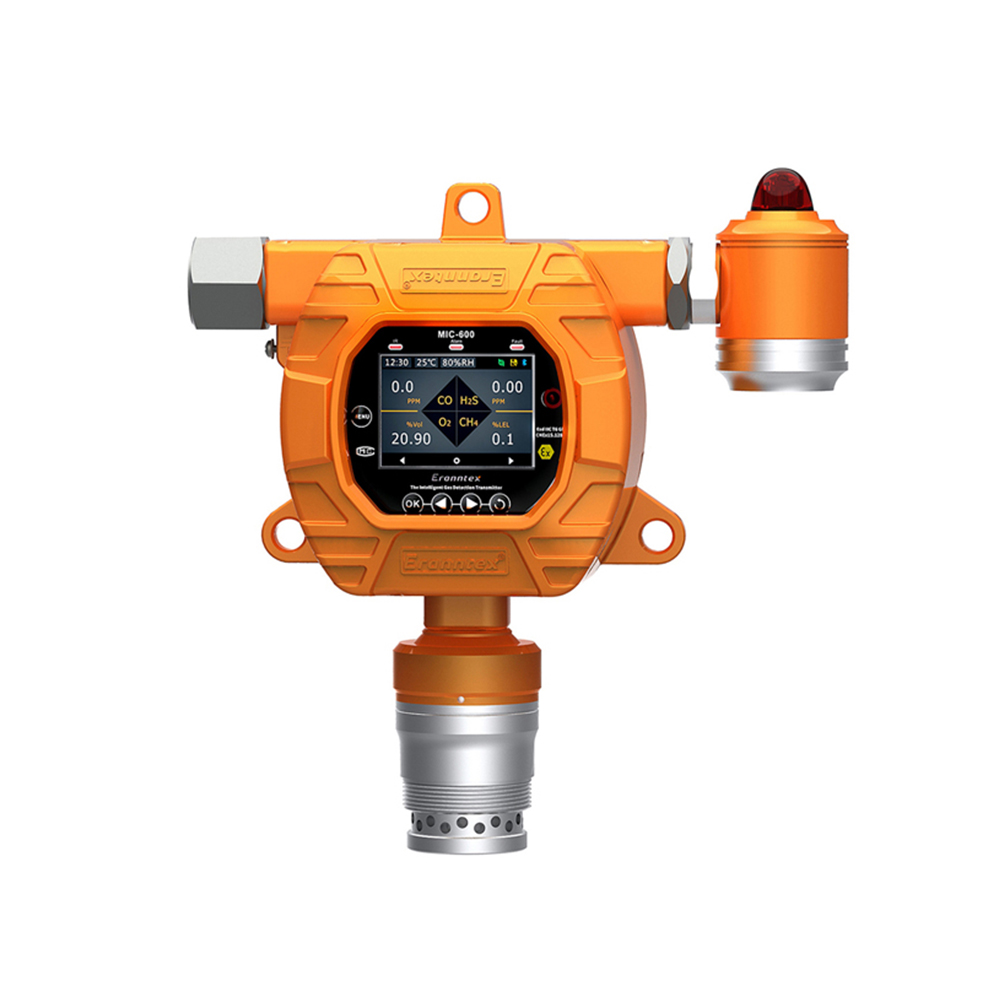
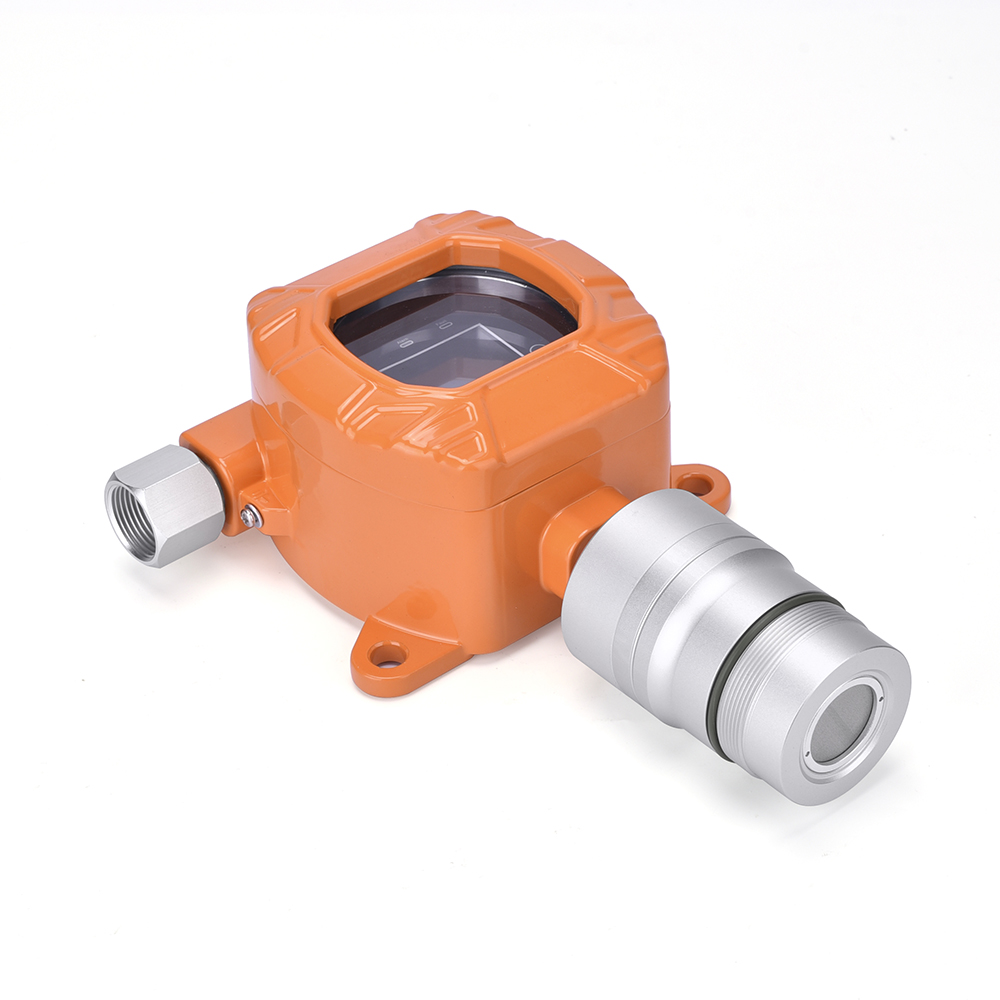
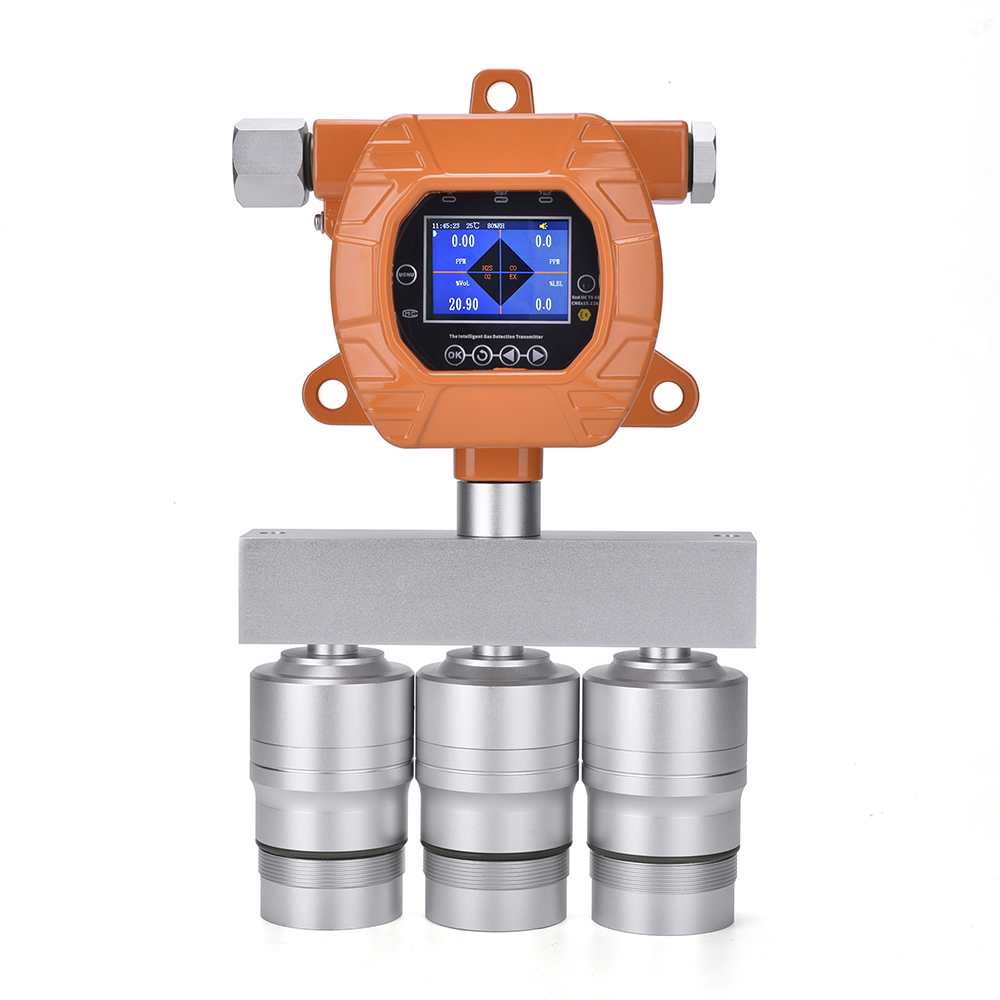

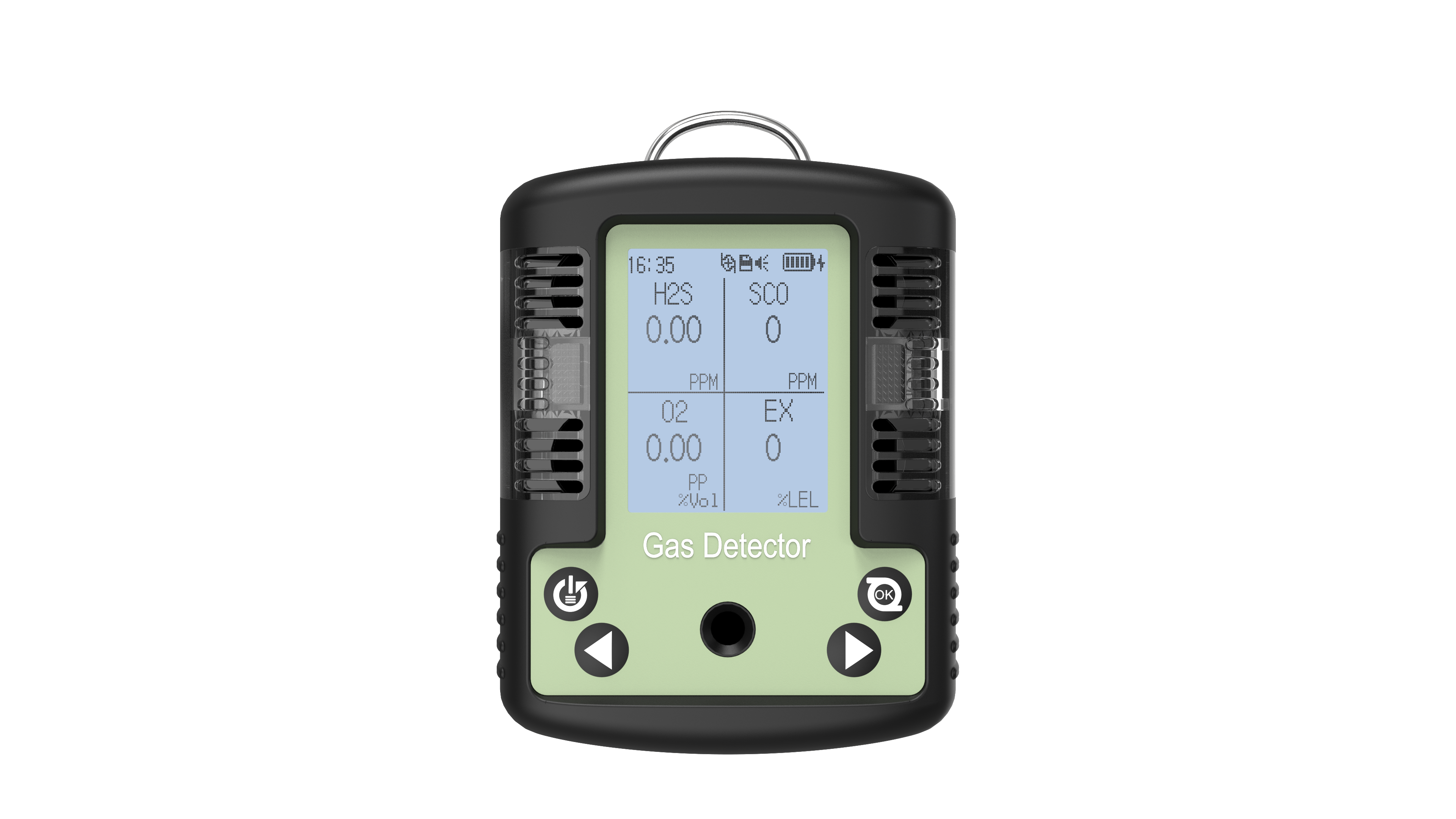

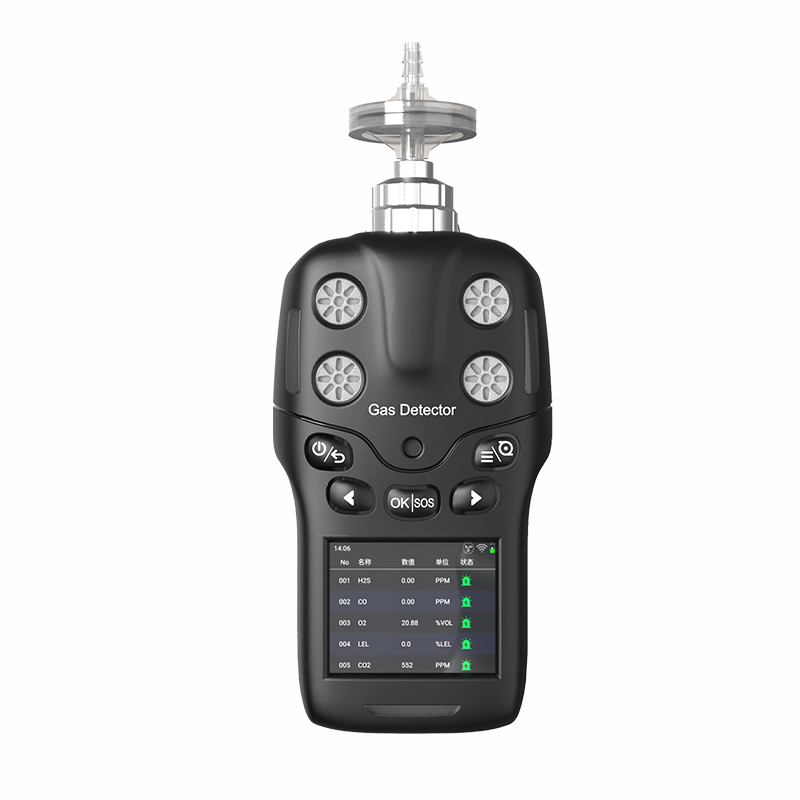

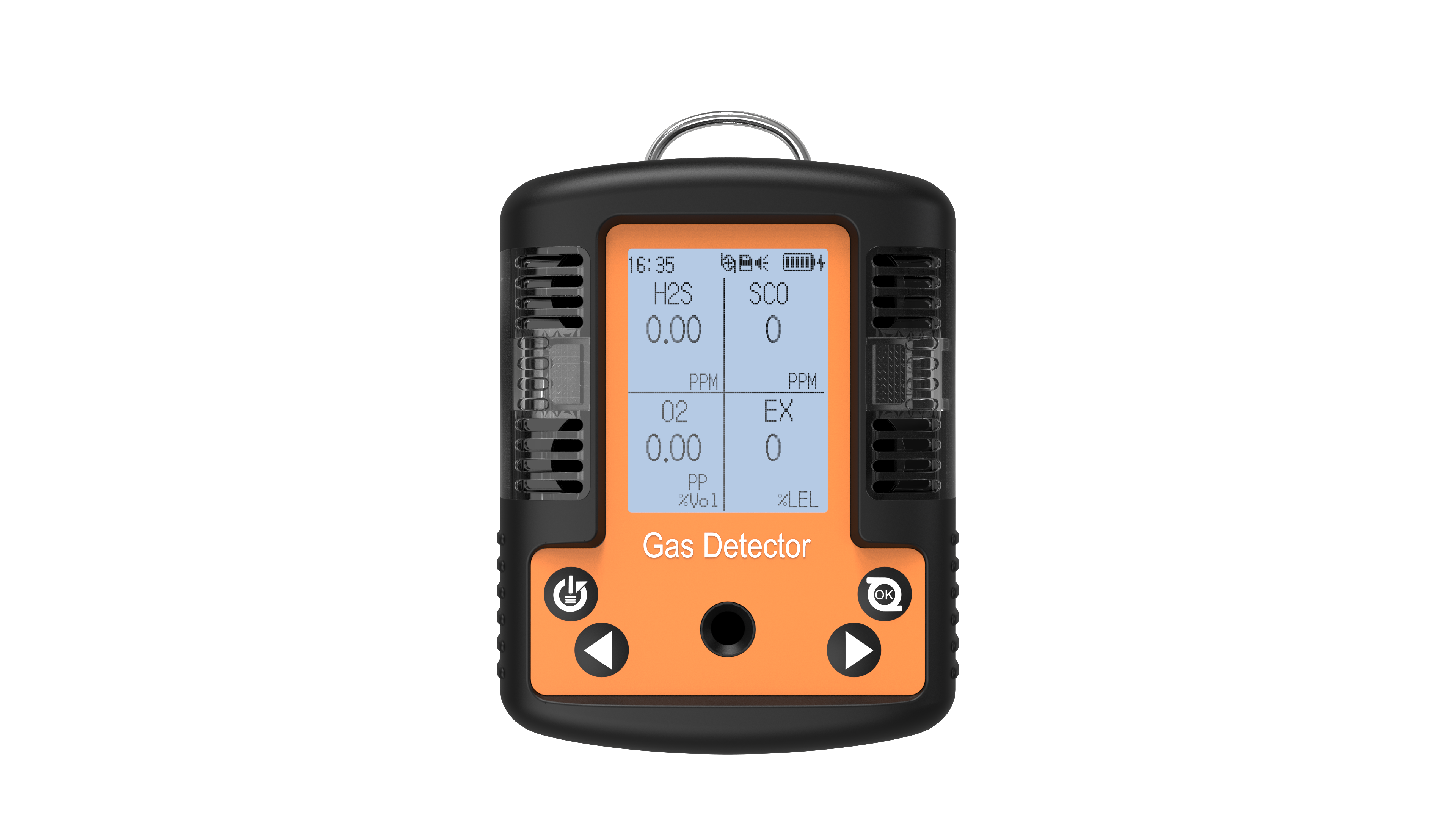
 info@eranntexgas.com
info@eranntexgas.com


 13480931872
13480931872